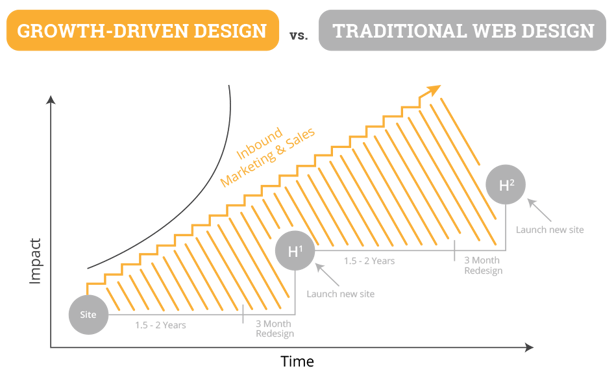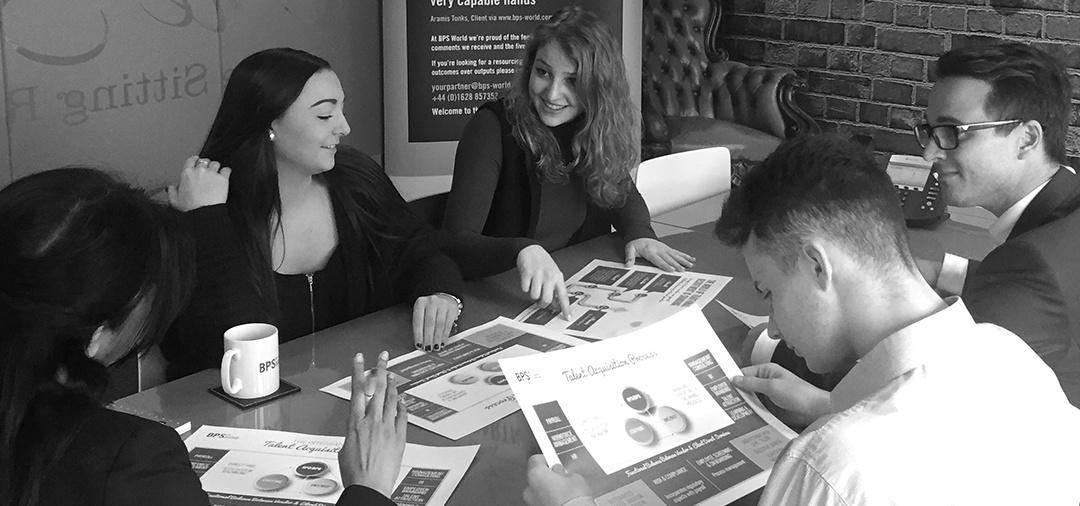/ Tales of Horror for the Everyday Marketer
Megan Joyce
October 28, 2016
It’s that time of year again when pumpkins are carved, costumes come out and the horror stories get shared – yes it’s Halloween!
There are some great horror stories out there too, but what about the ones that don’t get told? What about the ‘everyday horror stories’?
It’s well known that recruitment can be a bit of a rollercoaster - there are plenty of ups and downs, a few unexpected turns and sometimes, it just doesn’t work.
So what about the marketing department in a recruitment company?
That ride’s even scarier, you just don’t see it!
There are many tales of horror that can come from working in marketing, like the struggles behind generating new traffic to your website and identifying new technologies that will actually benefit the company. These are difficult enough on their own, but when you work in recruitment – a fast paced and growing industry – everything goes into overdrive.
Ok, so maybe calling them horror stories may be a bit extreme, but it is Halloween after all!
Marketing Automation
One thing that I’ve found to be tricky, is mastering marketing automation (if you don’t know what it is, have a quick look here!). When you get it right, it can work miracles, but getting to that point isn’t always as straightforward as you’d like. The idea that by just clicking a button, you can set off a series of events that essentially do your marketing for you is bliss and so efficient!
The work that goes into it though, is not! Just the other day, my colleague received an email that started with “Dear (first name)” – I’m sure this wasn’t quite the personalisation the company was going for. Clearly something didn’t quite match up when they were setting up their emails, and it’s an easy mistake to make!
It may seem obvious, but quite often the way to get around mistakes like this, is to be careful. You may be in a fast paced environment, like recruitment, but when automating your work you need to get it right. So slow down for a minute, check and re check your work – this is one horror story that can definitely be avoided.
Website Management
Keeping your website up to date used to be quite a mammoth task. You would spend so much time planning and deliberating to create the perfect site that by the time you launch, it’s out of date anyway!
This is why growth-driven design is becoming the preferred method. Instead of spending months to plan the perfect site which is often outdated once launched, growth-driven design works on the principle of creating a quick launch pad site. Then you continuously evolve the site based on customer feedback/ analysis, allowing you to be agile and responsive to consumer behaviour, you can have a more fluid approach.

We’re at the point now where we’re constantly evolving our website. We’ve done our last big update and we’ve migrated to Hubspot so we follow the growth-driven design principles – continuously learning and improving.
Making this change has been a beneficial decision, we now have greater control, making our website agile and responsive, meaning it does a better job of reflecting our brand and who we are.
Getting to this point was not the straightest path to walk though, understanding how it needs to develop, catering for growth, managing all the different stakeholders to ensure the site can raise the messages that we need to promote, these are just a few of the hurdles you may need to overcome.
For us, we spent too much time getting the platform right so our launch wasn’t as quick as we’d want. The best advice I can give actually comes from my colleague, Edwin (he won’t mind me stealing this!) - “Don’t underestimate the size of the project, make sure you have a clear understanding of what it is you want to achieve and always have this goal in mind when developing. This should keep you focused and efficient.”.
Grasping social media
If there’s one thing that stresses me out in the marketing world – it’s social media. Yes, it’s easy when you’re on your own social media account, if I accidently tweet with the wrong hashtag or put a blurry picture onto Instagram, who’s going to care? When you’re engaging on social media on behalf of your company though, there’s a lot more at risk than someone seeing that embarrassing selfie you were only meant to send to your best friend, but posted on your snapchat story instead…
Of course if you post the wrong thing you can take it down, you can fix it just as quickly as you broke it. However, the internet is a conversational platform and there’s staying power in that. If you make a mistake when posting online, depending on the severity, there’s a chance you won’t be able to undo it.
My advice in this instance would be to look at your social media posts objectively. What other connotations could your post have? Does it read well? Is there anyway the post could be taken the wrong way? You won’t be able to prevent all mistakes from happening (you’re only human!), but you can definitely avoid the worst ones!
There are plenty more marketing horror stories to be heard! What ones have you encountered? Leave your stories below or contact megan.joyce@bps-world.com or 01628 857324


